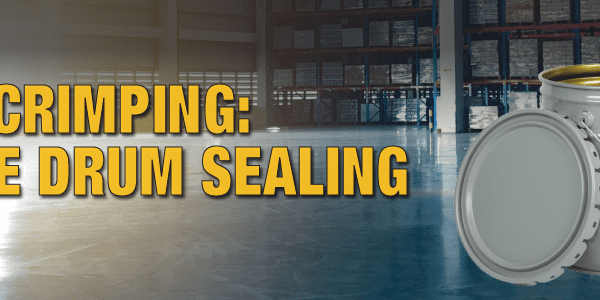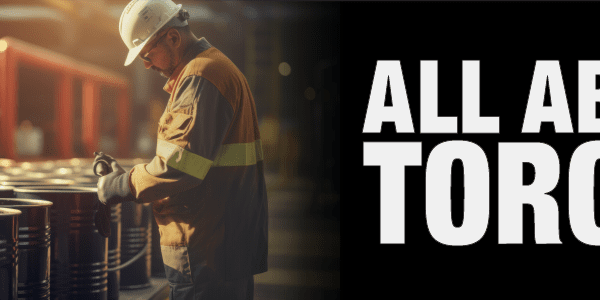One of the great services offered by ICC Compliance Center to our customers is our Regulatory Helpline. Current customers can call in and have basic questions answered for free. Our Specialists are trained in all of the transport regulations for the US and Canada. We also answer questions surrounding HazCom2012 and WHMIS 2015. A great benefit of our service is getting the customer a “right” answer. Occasionally it may require some information gathering, but we still give you an answer. Being relatively new to our Helpline, I tend to take a bit longer to get an answer.
I mention this because of an interesting question that came in last week. A customer called and posed the following question:
If I want to move a container of oxygen in my personal vehicle, does [my vehicle] have to be placarded?
On the surface this seems easy enough to answer, but in reality that is not the case. As I discovered a good bit more information was needed to formulate a “right” answer.
Answer Step 1:
What is meant by “a container of oxygen”? This information is needed for several reasons. We have to determine if what the caller has is truly a hazardous material/dangerous good. For example, is it pure oxygen or is it a blend of oxygen and nitrogen similar to a SCUBA tank? One is much more dangerous in the event of a fire than the other. In this case, the container is of pure oxygen.
Answer Step 2:
What is the description of the container? The assumption is the container is a cylinder. If so, what size? There could be exemptions in place depending on how large or small the container is. The caller said it is a steel cylinder that weighs 15 kilograms and it has TC on the outside.
Answer Step 3:
Where is this person located? We need to have this information so that the proper regulations can be checked. If the caller was in the United States, but I used Canada’s transport regulation to answer that may not have worked. In this case the caller is from Canada. This is helpful because there was a mention of using a “personal vehicle”. In the U.S. this could have led to a discussion of Materials of Trade exemptions. Since Canada does not have that type of exemption it would make no sense to go over them with the caller.
Answer Step 4:
Now we almost have the whole picture. We have a steel cylinder full of pure oxygen that weighs 15 kilograms. It is being transported in a personal vehicle in Canada. With all of that information, the caller MAY meet the 150 kilogram Gross Mass Exemption in the Canadian Transportation of Dangerous Goods regulations per Section 1.15. This prompted one more question. Was this cylinder purchased by the caller at a location open to the general public? The answer was “yes.”
Final Answer:
The final answer is “no”, the caller is not required to placard his personal vehicle to transport a cylinder of oxygen. Per the 150 kilogram Gross Mass Exemption, he does not need a shipper’s declaration, training or … any sort of “dangerous goods safety marks”. This section also includes placards. He may voluntarily display it per Section 4.1.1 of the regulation but there are multiple provisions.
So while this looks like a complicated process, it is in fact not. As long as we have all of the information, answering your questions can be quite easy. Give us a call today to see just how easy it is – ICC Regulatory Helpline 855.734.5469. We are here to help. As always, ICC Compliance Center is here to help you with all of your regulatory needs.






 ICC USA
ICC USA ICC Canada
ICC Canada